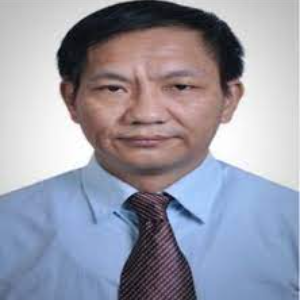Title : The morphology and surface modification effect on the properties of OER
Abstract:
Water splitting provides an appealing pathway for clean and sustainable energy conversion and storage. Therefore, development of a noble metal-free, efficient and robust electrocatalyst oxygen evolution reaction (OER) is still a great challenge. Herein, we introduced to synthesize nanostructure especially freestanding nanosheets materials such as Co(OH)2, Co2O3, CoS, FeNi LDH et.al. We find that the planar sheet area was up to several micrometres and exhibited an ultrathin thickness (< 1 nm) with a mesoporous feature. Hence, the highly exposed surface atoms afforded high electrochemical activity, whereas the ultrathin and mesoporous features facilitated charge and mass transfer along the 2D nanostructure to efficiently perform the surface dependent electrochemical reactions: HER, OER, and the overall water splitting. Furthermore, we demonstrate in situ surface substitution of the hydroxyl functional groups on the surface of Co(OH)2, FeNi LDH et.al, and found that the in situ surface modification maintains the initial structure and morphology while increasing the areal density of active sites and reducing the energy barrier of the OER. These results are embodied by the increase of the electrochemically active surface area (ECSA) and the lowering of the OER onset overpotential, We have found that several substitutes can enhance the properties. The mechanisms are also discussed. The findings provide a new way to improve the OER properties and extend their applications.



